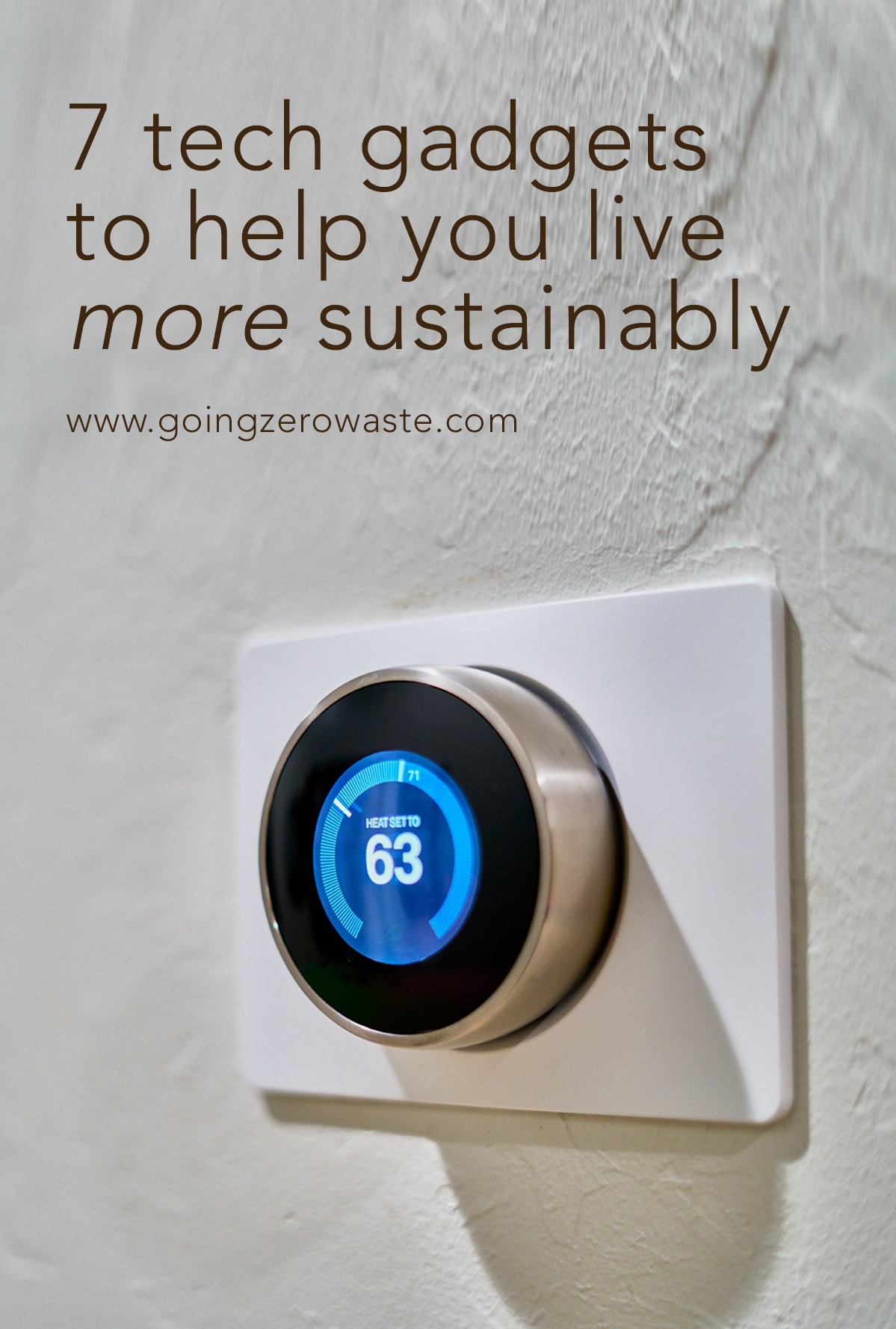Something about the end of February / first of March that has me wanting to revamp my wardrobe. The changing of the seasons, the lure of warmer weather, the start of a new year... it just makes me want to go shopping.
I have always loved shopping. I love clothes as a form of self-expression, but living in a small home without much closet space really prevents me from acquiring too much.
I also don't want to buy fast fashion you can read more about that here. Fast fashion is a major contributor to greenhouses gases and is tied for the 4th most polluting industry equal to livestock.
To avoid contributing to unnecessary pollution, I try to buy second hand or buy ethically from companies that have sustainability in mind.
I think shopping second hand is the best place to find fun seasonal on trend pieces for a fraction of the price! While occasionally I strike gold with a second hand basic, I tend to have to buy basics from an ethical company.
Shopping from ethical companies can really add up. It's definitely more expensive than popping into Khol's or Target, but I find that the pieces I buy last a lot longer. I would much rather purchase a quality basic that will last year after year.
But, it can be really tricky to navigate the waters. How do you know if you're buying a quality piece?
I've bought really expensive clothes in the hopes they'd be made really well, but they're just disappointing. I've also found a target shirt second hand that's lasted me for 10 years! It's really annoying, but price doesn't always equal quality.
Whether you're looking for quality basics or even fun trendy pieces at the thrift store here a few key things you can look for to know that you're going to get a well made piece that won't wind up falling apart after a couple of wears.
1. fabric:
There are lots of different textiles. I try to stay away from anything that's 100% polyester. Polyester is plastic. It's not breathable, and it will make you sweat. You'll have to consistently wash your shirt, and with every round in the washing machine it sheds micro-plastic pieces into the waterways.
These particles are too small to be filtered out and have been found in both bottled and tap water world wide. Polyester is a really inexpensive material, it's difficult to repair, and won't last very long.
I try to stay away from any materials like acetate and acrylic because they're plastic.
When I'm looking for new pieces, I try to go for natural fibers. Natural fibers will break down in a composting environment. They can be returned to the earth. I look for cotton, wool, linen, silk, cashmere, or newer sustainable fabrics like tenecel and modal.
Wool and cashmere sweaters are my favorite as they're warm and breathable, I also have a lot of luck finding them second hand!
2. weight:
Feel the weight of the fabric and hold it up to the light. Thinner fabrics just aren't going to wear as well as thicker fabrics. Fabrics shouldn't be see through. (unless it's intentionally see through) But, you shouldn't have to wear a tank underneath a tee shirt to avoid people seeing your bra.
That's a sign of very poor quality. They skimped on the weight of the fabric to save a buck so it's not going to hold up well after being washed a few times.
Fabrics with a little more weight to them will also hang very nicely. They'll adjust to your body giving you an overall more expensive look.
3. pattern and color:
Pattern and bright colors immediately cheapen a garment. They're much more expensive to produce than plain, neutral clothing. You have to be careful when going for patterns.
Make sure the patterns match at the seams. Give the garment a good tug to see if it bounces back to it's original shape. Depending on the pattern, you'll want to make sure that it maintains it's shape with regular wear.
4. stitching:
Stitching is a great indication of quality. You're looking for sturdy thread. Are the stitches reinforced? What does the seam look like?
Gently take the fabric and pull on either side of the seam. Does everything seem secure or are you seeing lots of space or struggling thread?
Make sure all of the stitching and hemming is even and is hanging properly. When you're trying the garment on pay close attention to the seams and the hems. If the stitching was done incorrectly you'll see crooked or wavy stitching. The seams will be puckering or laying incorrectly.
Check at the buttons and button holes. You'll notice nice stitching around the holes and check the buttons for how well they were stitched on. It's not a huge problem to stitch on a button.
I've done it a couple of times for nice pieces, but if you already have a few hesitations about the garment, the buttons might be the final indicator that it's not going to hold up.
5. fit:
Fit is probably the most important of all of these. A $5 dress that fits perfectly will always look better than a $150 dress that just doesn't quite fit.
No matter how quality a piece is, if the fit is off it's not right for you. Or you have to be willing to take it to a tailor to make it perfect for you!
When you find a piece that fits you just right and you love wearing, you're so much more likely to repair it and really spend the time on making sure it lasts.
Let me know if you'd like to see me do a closet tour or a video of my latest second hand wardrobe additions for spring.
Do you like to get new clothes around this time of year or is it just me?













